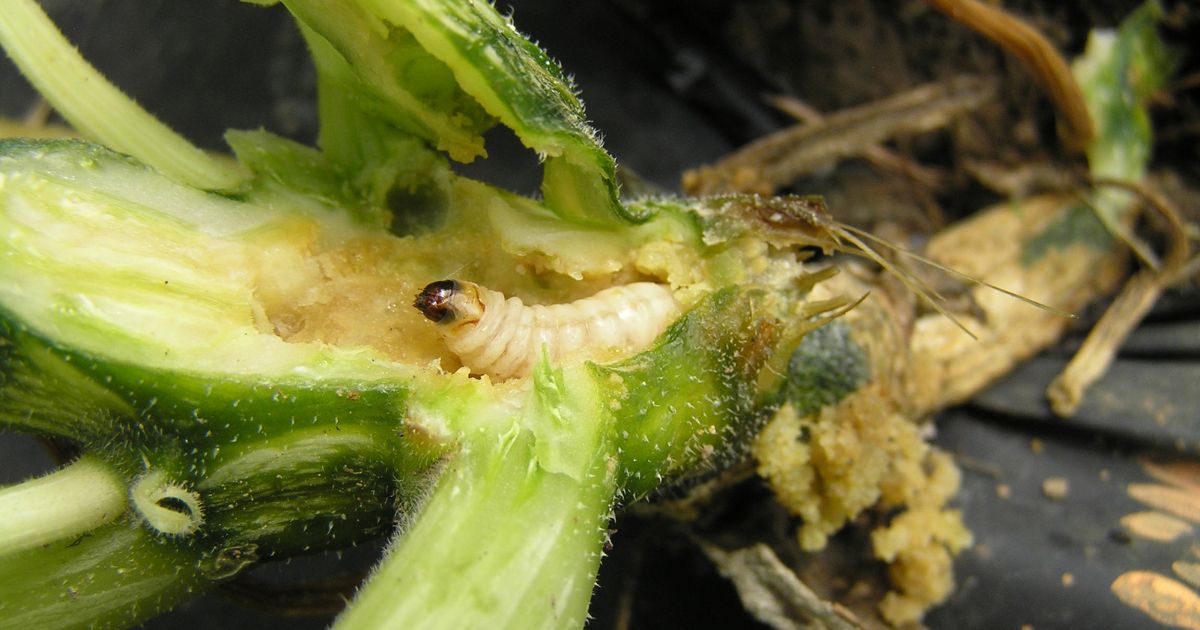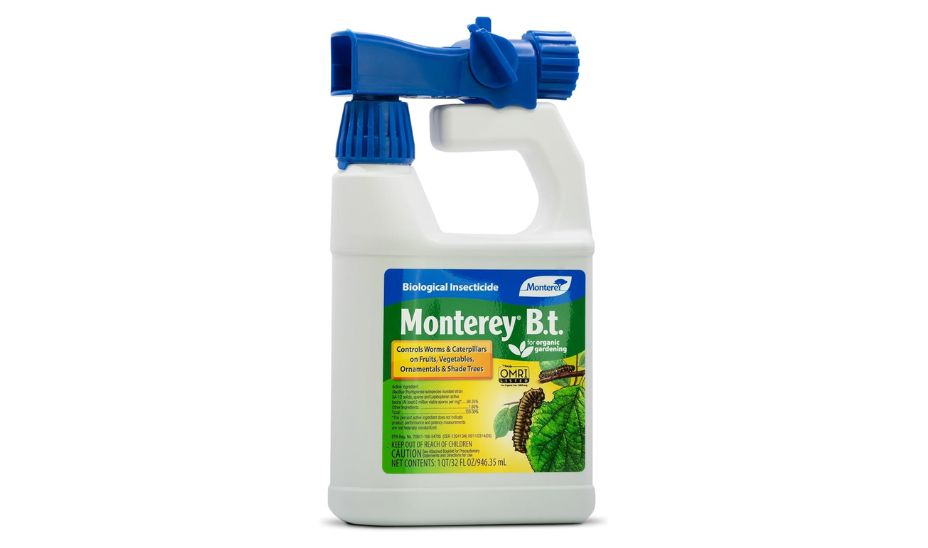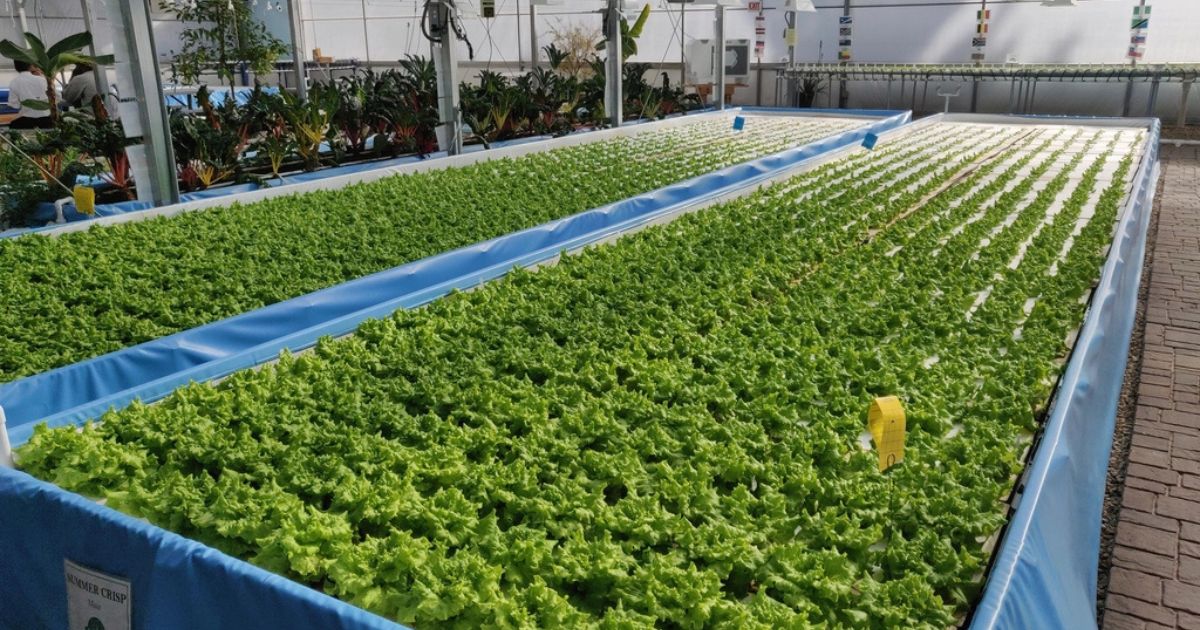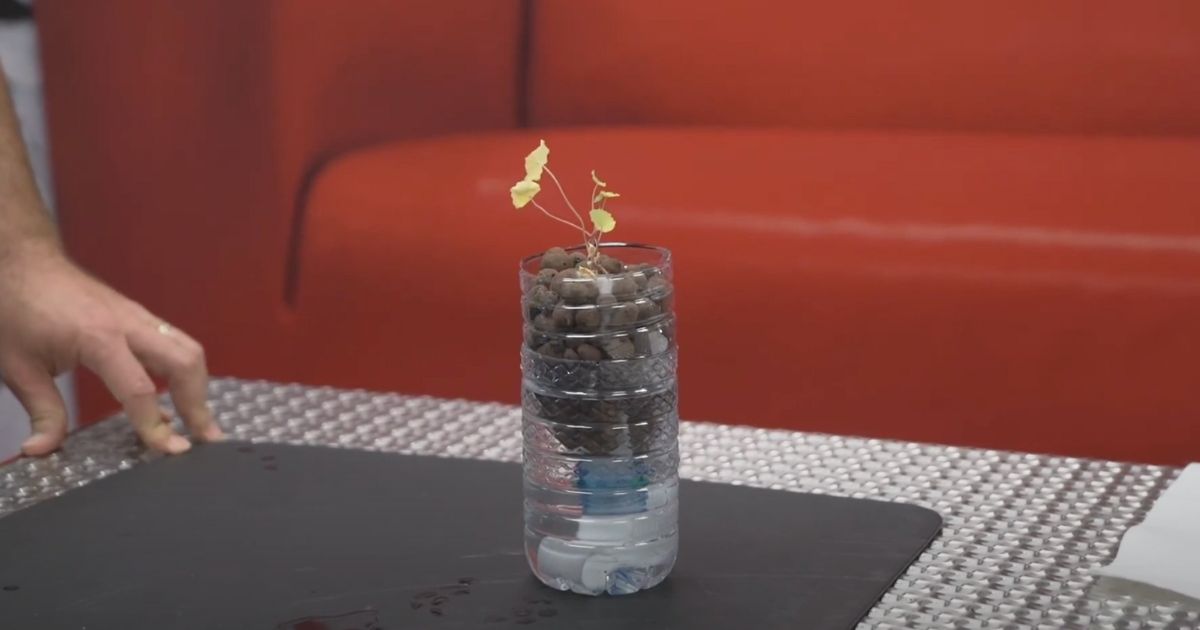
Defeating the Squash Vine Borer: A Gardener's Ultimate Guide
The squash vine borer is one of the most notorious pests that can plague your squash plants. Known for their destructive tendencies, these pests can decimate crops if left unchecked. This in-depth guide will explore their lifecycle, identification, prevention, and control strategies to help you safeguard your garden.
What Is the Squash Vine Borer?
The squash vine borer (Melittia cucurbitae) is a moth that targets squash plants, particularly summer squash, zucchini, and pumpkins. Though they resemble wasps, they are moths in disguise. Their larvae bore into squash stems, disrupting water and nutrient flow, which can cause plants to wilt and die.
The Lifecycle of the Squash Vine Borer
Understanding the lifecycle of the squash vine borer is essential for effective control. Here is a breakdown of their development:
- Adult Moths: In late spring to early summer, adult moths emerge from the soil. They are active during the day, unlike many moth species.
- Squash Vine Borer Eggs: Females lay reddish-brown eggs singly or in clusters at the base of squash plants, usually near the stems.
- Larvae: Within a week, the eggs hatch into larvae, which burrow into the stems to feed. This stage is the most damaging to the plants.
- Pupae: After feeding for several weeks, larvae exit the stems, burrow into the soil, and pupate. They overwinter in this stage, emerging as moths the following year.
Identifying Squash Vine Borer Infestations
Symptoms of Infestation
- Wilting: One of the earliest signs of a squash vine borer problem is sudden wilting of the plant despite adequate water.
- Frass: A sawdust-like substance near the base of the stem indicates larval activity.
- Holes in Stems: Look for small entry holes at the base of the plant.
Locating Squash Vine Borer Eggs
Squash vine borer eggs are small, flat, and reddish-brown. Check the base of the stems and undersides of leaves regularly during the egg-laying period.
Preventing Squash Vine Borer Infestations
Timing and Observation
- Plant Early: Planting squash early in the season can help avoid peak borer activity.
- Cover Plants: Use floating row covers to protect plants during the moth’s active period. Be sure to remove them during flowering for pollination.
Physical Barriers
- Stem Wrapping: Wrap the base of stems with aluminum foil or nylon stockings to prevent larvae from boring into the plant.
- Crop Rotation: Avoid planting squash in the same spot every year to disrupt the borer’s lifecycle.
Encouraging Natural Predators
- Beneficial Insects: Attract parasitic wasps and other predators by planting companion plants like dill, fennel, and marigolds.
Controlling an Active Squash Vine Borer Infestation
Manual Removal
- Inspect and Remove Eggs: Regularly inspect plants and scrape off squash vine borer eggs using a knife or fingernail.
- Remove Larvae: If larvae are already inside stems, carefully slit the stem lengthwise with a clean knife, remove the larvae, and cover the damaged area with soil to encourage root growth.
Biological and Organic Controls
- Bacillus thuringiensis (Bt): Inject Bt into the stems to kill larvae. This natural bacterium is safe for plants and non-target insects.
- Neem Oil: Spray neem oil on stems and the base of plants to deter egg-laying.
Chemical Controls
As a last resort, consider insecticides labeled for squash vine borer control. Apply them at the base of plants during the egg-laying period, but always follow label instructions to minimize harm to beneficial insects.
Long-Term Management Strategies
Monitor and Rotate
- Regularly inspect your garden for signs of squash vine borers and their eggs.
- Rotate crops annually to prevent the buildup of pests in the soil.
Trap Crops
Plant a trap crop, such as Hubbard squash, away from your main squash plants to lure moths away. Destroy infested trap crops to reduce the borer population.
Conclusion
The squash vine borer is a formidable foe for gardeners, but with vigilance and the right strategies, you can protect your plants. From identifying squash vine borer eggs to implementing preventative measures, a combination of proactive and reactive methods will ensure your squash harvest thrives.




